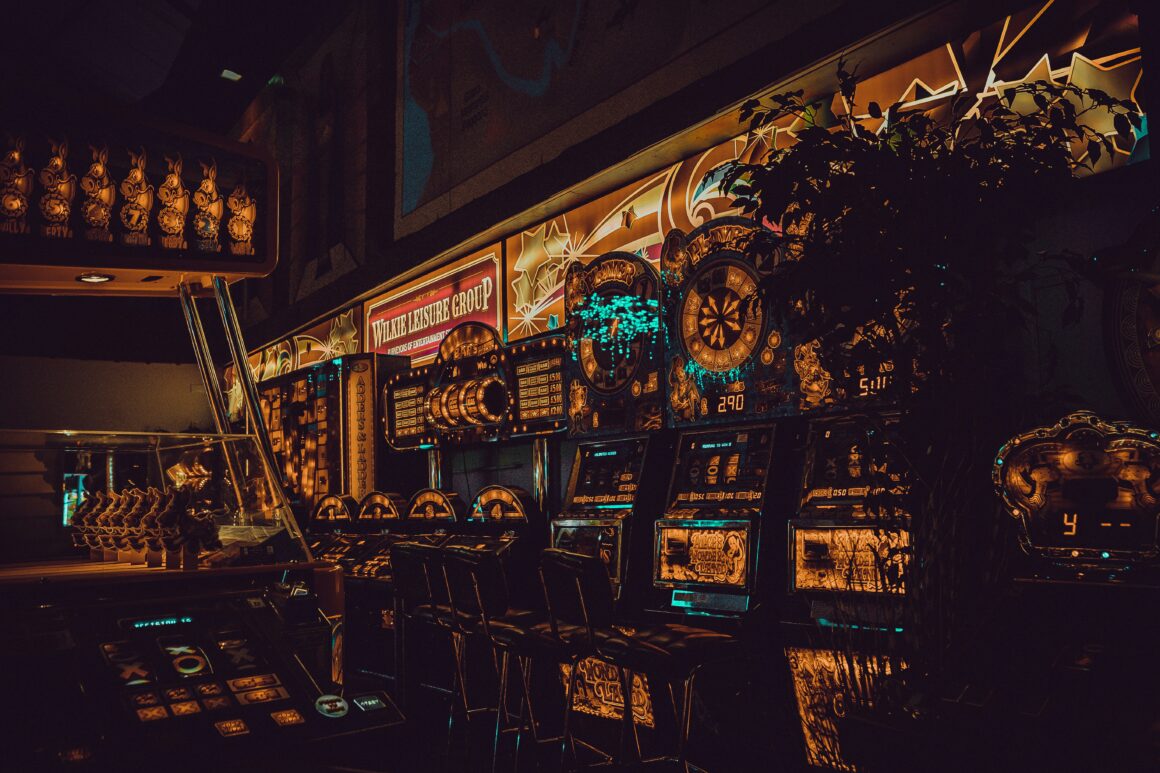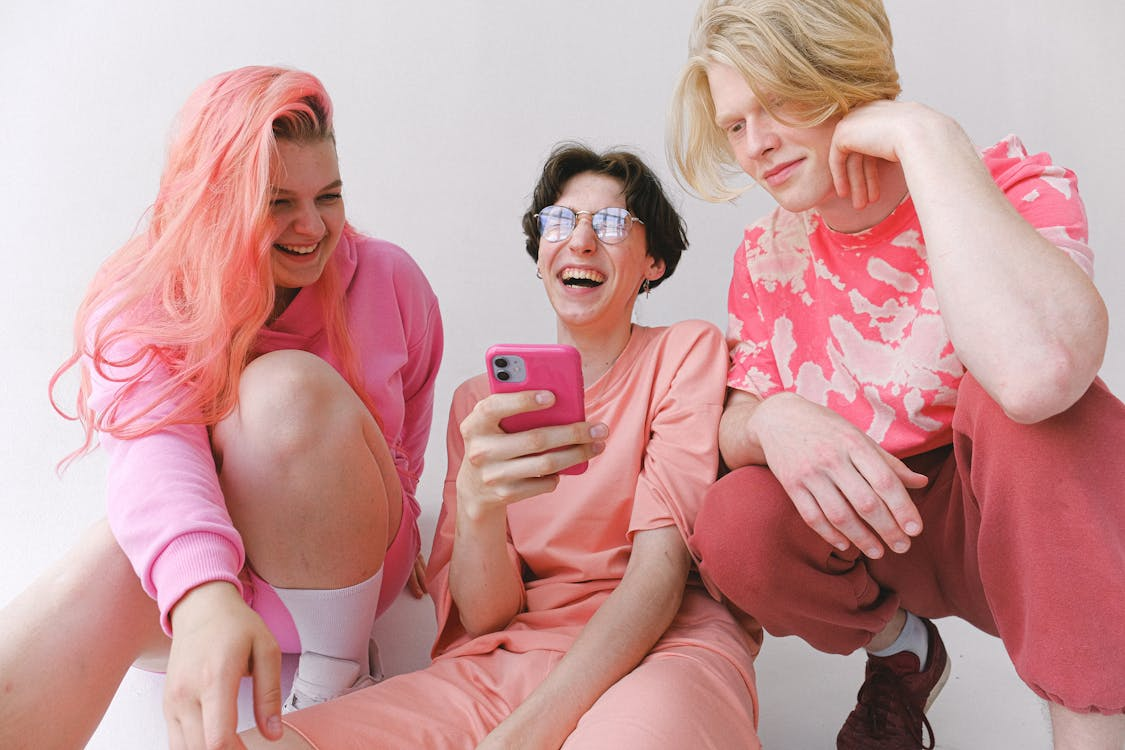When I think of my own identity, I think of my Instagram. Perhaps we all do since it’s so easily defined by our unique little digital profiles. In fact, if World Health Organization is right and the average lifespan is 72 years, that’ll mean on average, each person will spend nearly 8 months of their lives on Instagram, according to the UK-Government-backed Broadband Search’s 2020 projections.
Digital identity is best associated with labels, outfits, aesthetics, and whatever else there is on Instagram. Things that seduce us into different psychosomatic phases.
Instagram has made it easier than it has ever been to influence using identity. The app itself may just be more powerful than Henri Tajel and John Turner’s Social Identity Theory of the 70s– because Instagram has what the Erhard Seminars didn’t – more money and accessibility.
To be exact, Instagram has more than $100 billion dollars. Not to mention, a $15 Billion-dollar budget for influencer marketing by 2022. A whole division of marketing had been developed on the simple principals that conduct a digital identity. So, needless to say, our digital identities are a Picasso umbrella.
When I think of my own sense-of-self in the Era of the Self – I always revert back to the idea that we sometimes act like a Freudian society. Or a monolithic one. Online, there will always be unattainable body standards, clothes, and entire dynamics that are hyperreal. But maybe that was the illusion we all liked about it? The unattainableness, status, and perfection. Because it gave us hope. As I aged, I found myself still fantasizing and painting my life the same way I did when I played with Barbie’s as a child. Like most young girls, I needed a Barbie-esque object to mirror my own imagination. It was always better to dream about things, and the best way to keep dreams alive is by keeping them in our own heads. This is why it was so much nicer to constantly keep up with all the fake perfect digital lives of others than our own.
But now, in the wake of the pandemic things have all changed. We swiftly went from an expression of identity relying on consumption to form a digital self to just simply questioning our identities and relationship with consumption overall.
https://www.instagram.com/p/B9fq1cPhjBp/
Now that we are only left playing with our digital selves, perhaps we feel a bit put-off. Sure, we can keep certain aspects of our digital identities alive. We had local businesses to identify with and support, we had stay-at-home loungewear to dress up in and post and most importantly, we had ‘self-care’ and ‘wellness’ to buy. But is that really what we want for our future selves?
Commodity fetishism has shaped our identities for a very long time. Whether it’s paywalls or the pandemic, our consumption habits are changing, and more importantly, being called into question.
This isn’t the first time in history that consumption habits altered our sense of identity. Nor will it be the last. Since the Reagan/Thatcher administration days, expression of identity has relied heavily on consumption. To quote both world leaders, Reagan: “The most terrifying words in the English language are: I’m from the government and I’m here to help.” And, Thatcher: “There is no such thing as society.” These two concepts that were popularly praised by voters arguably set up the political climate that was to come.
Alongside this rising neoliberalism, came was the boom of our own little digital worlds. The hyperreal identify that we carefully curated. One in which acted as the closes thing we had to physical proof of our own existence.
These identities still relied on consumption. The social novelties of where we ate, wore, or looked like didn’t necessarily differ from the era of Reagan, Thatcher, and neoliberal self-identity. Since then, our expression of identities became a lot easier to understand. We all speak social media language. We know what it means to own certain brands, go to certain places, or even use certain filters and apps to edit our pictures. Your subconscious knows what is worth double-tapping. Your unconscious doesn’t jargon how much of what it sees is real or fake.
https://www.instagram.com/p/B9whdGGI0hK/
But now, our sense of self relies on sacrifice. It’s not just our consumption habits that have changed.
I can speculate and avoid reading headlines all I want, but in reality, I and most journalists have no idea what anything means right now. We know there’s sadness, we know there’s pain and that everyone’s had the rug pulled from under them in one way or another. We know there’s lots of death, unemployment, and a whole lot of other horrible things.
So, what did that digital dream world really look like now? Was it just too difficult to paint dreamy lives anymore?
I considered myself a realist before the Pandemic, but I still found comfort in using a digital identity to paint this magnificent life that was always distant from reality. I suppose, art and paintings were only meant to be possessed by the 1% anyway, or stared at by the masses in museums for $12.99. They were milestones of history that represented a dream or idea no one was ever able to truly achieve – just dream up. This is why dreams were scarier than nightmares and I slept 3 hours a night.
But now, we can’t dream the same. We can’t paint the lives in our heads we once did. I always told myself that nothing ruins dreaming like having them come true. Tainted with reality. Seeing the things that kept you all dreamy fossilized into your routines, up for the world’s criticism and your own. Dreams coming true means falling short, disappointment and it’s relentless.
https://www.instagram.com/p/CAb1kz7lLcb/
But now that’s all wiped away. Our usual expectations, disappointments, and critics are wiped away with our reality – but is that really a bad thing?
I don’t miss empty prosperity. There I said it. Which means I don’t miss old reality. I don’t miss keeping up with my old digital identity. In all the chaos, there was more hope that maybe things will start to feel a bit more sacred, a bit more sympathetic than there has ever been before.
I always had suspicion towards anyone who dreamt of a return to normal. How was that possible? Normality should be nothing but a flattened yet dynamic sphere of undesirable. This virus for one laminated a portion of society. The one in which suddenly held no importance to anything. The paranoia left us all a bit nostalgic for days when things made sense, had control and truth. Not as a peril or paranoid. It was like being in a car crash, almost dying from the airbag that saved our lives. Because now we have no other option. But that was the new normal.
Featured Image via GoDaddy Stock Images




